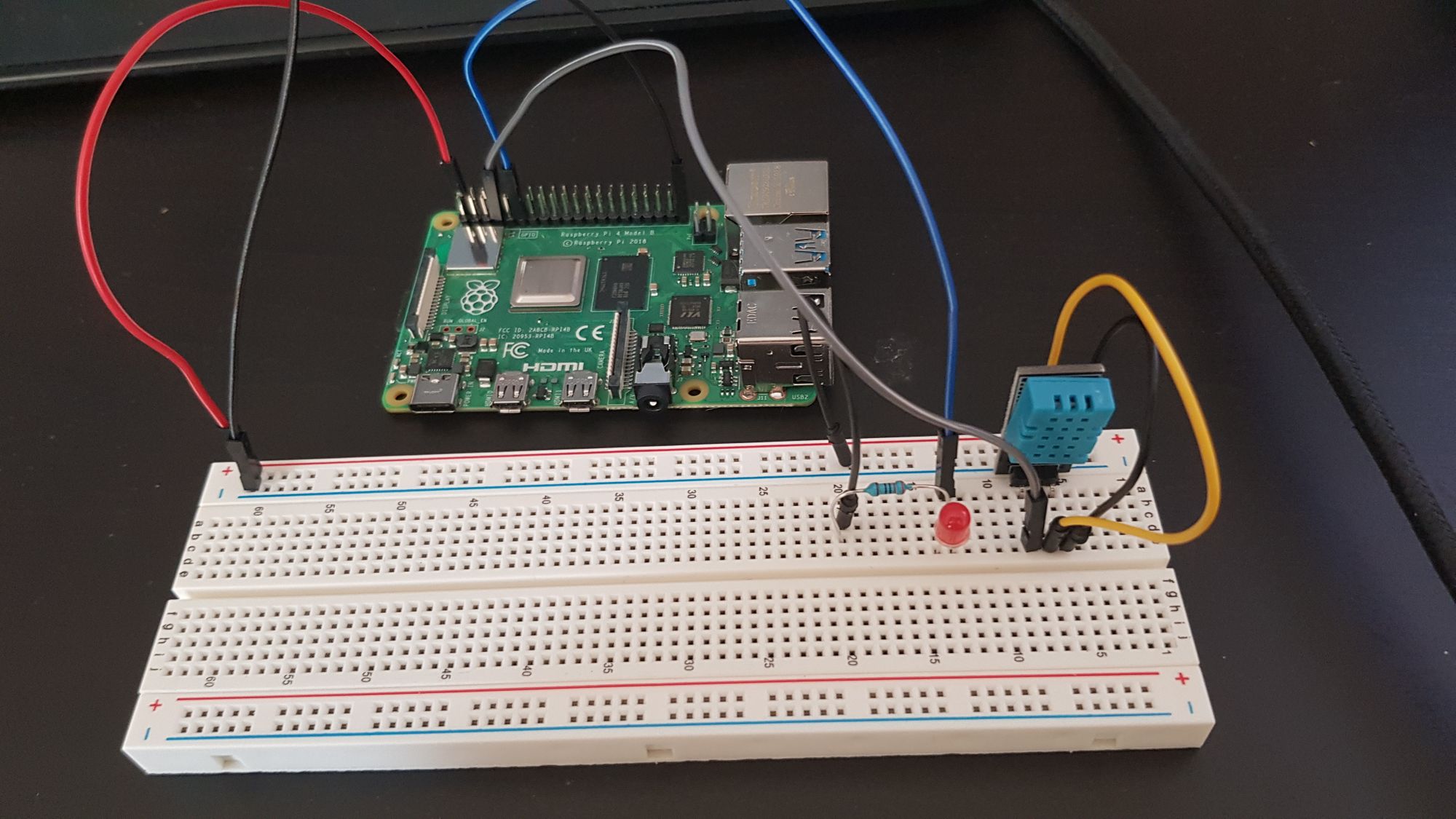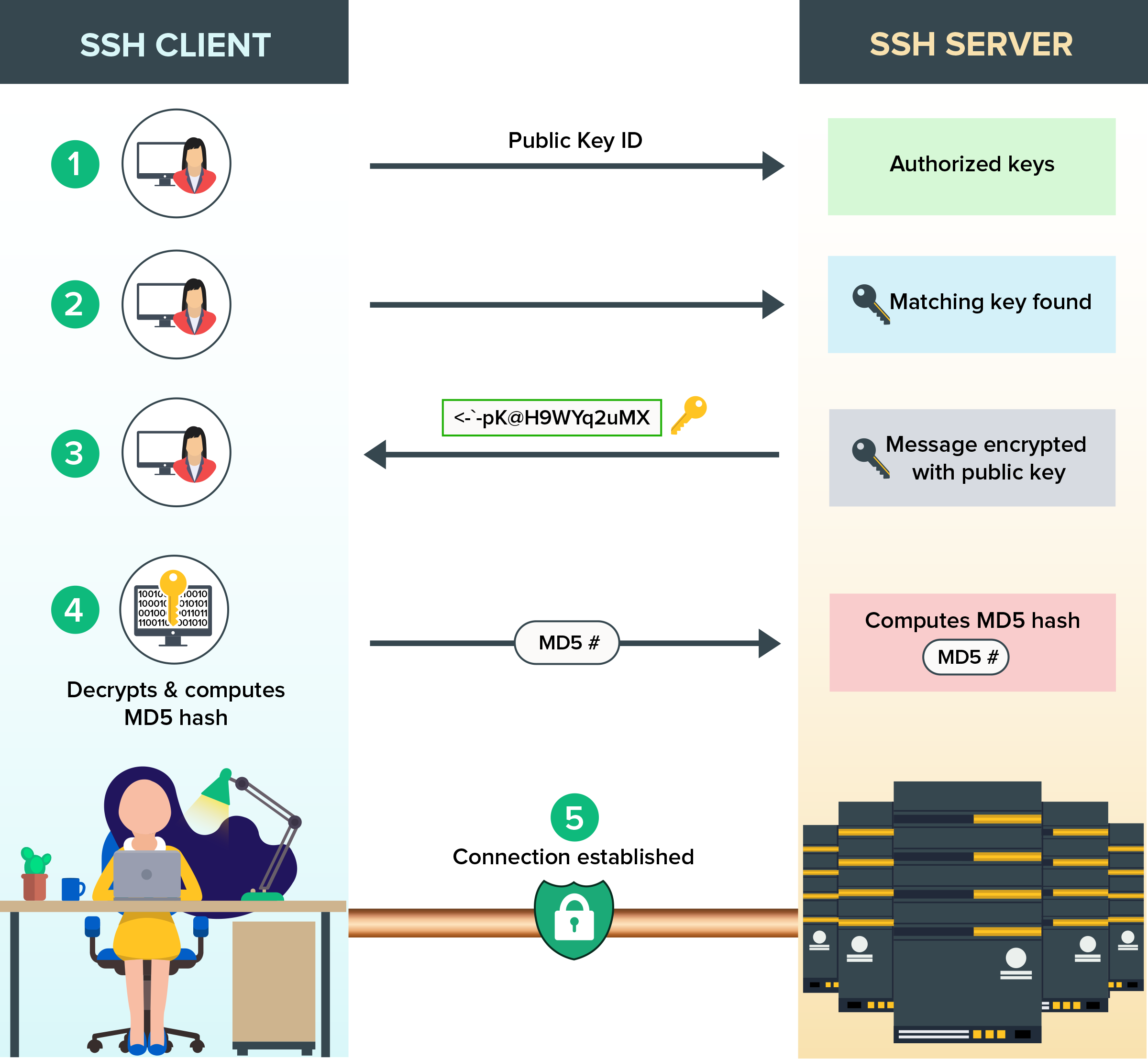Are you tired of dealing with insecure connections when managing your IoT devices? Well, buckle up because we’re diving deep into the world of SSH and how it can revolutionize your IoT experience. Best SSH to IoT device isn’t just a phrase; it’s a game-changer for anyone looking to secure their smart gadgets. In today’s tech-driven world, having a reliable and secure way to access your IoT devices remotely is crucial, and SSH is here to save the day.
Imagine this—you’re sitting in your cozy living room, sipping on a cup of coffee, while your IoT devices are scattered across different locations. How do you ensure that you can manage them without worrying about hackers sneaking in? That’s where SSH comes in. It’s like having a digital lockpick that only you can use, ensuring that your devices stay safe and sound.
Now, before we dive into the nitty-gritty details, let’s address the elephant in the room. SSH, or Secure Shell, isn’t just for tech wizards anymore. It’s a tool that every IoT enthusiast should have in their arsenal. Whether you’re a beginner or a seasoned pro, understanding the best SSH practices for IoT devices can make all the difference. So, grab your favorite snack, and let’s get started!
- Unlocking The Secrets Of 18 Content What You Need To Know
- Unveiling The Truth About Vegamovies Net Your Ultimate Movie Streaming Guide
Understanding SSH: The Backbone of Secure IoT Connections
Let’s break it down, folks. SSH, short for Secure Shell, is a protocol that allows you to securely connect to a remote device over an unsecured network. Think of it as a virtual handshake that ensures both parties are who they claim to be. When it comes to IoT devices, SSH acts as the ultimate bodyguard, protecting your data from prying eyes.
Why SSH is the Best Choice for IoT Devices
Here’s the deal—IoT devices are everywhere, from smart thermostats to security cameras. But with great convenience comes great responsibility. Ensuring that your devices are secure is paramount, and SSH offers a robust solution. Below are a few reasons why SSH is the best choice for your IoT devices:
- Encryption: SSH encrypts all data transmitted between your device and the server, making it nearly impossible for hackers to intercept.
- Authentication: With SSH, you can authenticate users and devices, ensuring that only authorized parties can access your IoT setup.
- Reliability: SSH has been around for decades, and its reliability is unmatched. It’s a tried-and-true method for securing remote connections.
Setting Up SSH for Your IoT Device: A Step-by-Step Guide
Alright, now that we’ve established why SSH is the best option for your IoT devices, let’s talk about how to set it up. Don’t worry; it’s not as complicated as it sounds. With a few simple steps, you’ll be up and running in no time.
- Megamovies Your Ultimate Streaming Haven
- Bollyflix 2025 The Ultimate Streaming Experience For Bollywood Enthusiasts
Step 1: Enable SSH on Your IoT Device
The first step is to enable SSH on your IoT device. Most modern IoT devices come with SSH pre-installed, but you might need to activate it manually. Here’s how:
- Log in to your IoT device’s admin panel.
- Look for the SSH settings and enable the service.
- Make sure to note down the IP address and port number, as you’ll need them later.
Step 2: Install an SSH Client
Next, you’ll need an SSH client on your computer or mobile device. There are plenty of options available, but some popular ones include:
- PuTTY: A classic choice for Windows users.
- Terminal: Built into macOS and Linux systems.
- Termius: A user-friendly app for iOS and Android devices.
Choose the one that suits your needs and install it on your device.
Best Practices for Using SSH with IoT Devices
Now that you’ve got SSH up and running, it’s time to talk about best practices. These tips will help you maximize the security and efficiency of your SSH connection:
1. Use Strong Passwords
This one’s a no-brainer. Weak passwords are like leaving your front door unlocked. Make sure to use strong, unique passwords for your SSH connections. Consider using a password manager to keep track of them.
2. Enable Key-Based Authentication
Key-based authentication is a more secure alternative to password-based authentication. It involves generating a pair of keys—one public and one private—that are used to authenticate your device. Here’s how to set it up:
- Generate a key pair using a tool like
ssh-keygen. - Copy the public key to your IoT device.
- Disable password authentication to ensure that only users with the private key can access your device.
3. Regularly Update Your Devices
Keeping your IoT devices updated is crucial for maintaining security. Manufacturers frequently release updates that patch vulnerabilities and improve performance. Make it a habit to check for updates regularly.
Common SSH Misconfigurations to Avoid
Even the best tools can fall short if they’re not used correctly. Here are some common SSH misconfigurations to watch out for:
- Using Default Ports: Hackers often target devices using default SSH ports. Change the default port number to something less predictable.
- Allowing Root Login: Allowing root login can be risky. Disable it and use a regular user account instead.
- Ignoring Firewall Settings: Firewalls are your first line of defense. Make sure to configure them properly to block unauthorized access.
SSH Alternatives for IoT Devices
While SSH is undoubtedly the best option for securing IoT devices, it’s not the only one. Here are a few alternatives worth considering:
1. MQTT
MQTT, or Message Queuing Telemetry Transport, is a lightweight protocol designed for IoT devices. It’s great for low-bandwidth connections but lacks the security features of SSH.
2. HTTPS
HTTPS, or Hypertext Transfer Protocol Secure, is another option for securing IoT devices. It’s commonly used for web-based applications but can also be applied to IoT setups.
Data Security in IoT: Why SSH is Your Best Bet
When it comes to data security, SSH is unmatched. Its encryption and authentication features make it the go-to solution for securing IoT devices. But don’t just take our word for it—here’s what the experts have to say:
According to a report by Gartner, "SSH remains one of the most secure methods for remote access, especially in IoT environments." With cyber threats on the rise, having a reliable security protocol like SSH is more important than ever.
Future Trends in IoT Security
The world of IoT is constantly evolving, and so are the security protocols. Here are a few trends to keep an eye on:
1. Quantum-Resistant Encryption
As quantum computing becomes more prevalent, traditional encryption methods may become obsolete. Quantum-resistant encryption is the next frontier in cybersecurity.
2. AI-Driven Security
Artificial intelligence is revolutionizing the way we approach security. AI-powered systems can detect and respond to threats in real-time, making them an invaluable asset for IoT security.
Conclusion: Why Best SSH to IoT Device Matters
Wrapping things up, the best SSH to IoT device is more than just a protocol—it’s a lifeline for securing your smart gadgets. By following the tips and best practices outlined in this article, you can ensure that your IoT devices remain safe from cyber threats.
So, what are you waiting for? Take action today by setting up SSH on your IoT devices. And don’t forget to share this article with your friends and colleagues. Together, we can create a safer, more secure IoT ecosystem.
Table of Contents
- Understanding SSH: The Backbone of Secure IoT Connections
- Why SSH is the Best Choice for IoT Devices
- Setting Up SSH for Your IoT Device: A Step-by-Step Guide
- Best Practices for Using SSH with IoT Devices
- Common SSH Misconfigurations to Avoid
- SSH Alternatives for IoT Devices
- Data Security in IoT: Why SSH is Your Best Bet
- Future Trends in IoT Security
- Conclusion: Why Best SSH to IoT Device Matters
- Unwrapping The Magic Of Mothers Warmth Jackerman A Journey Through Comfort And Style
- Sadie Mckenna Leaked The Untold Story You Need To Know


